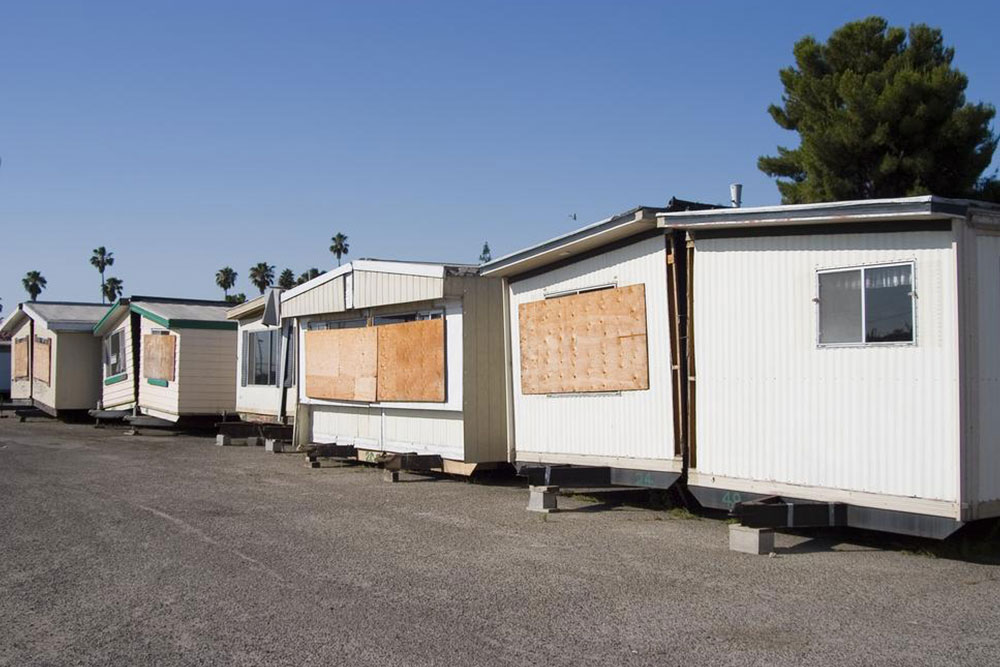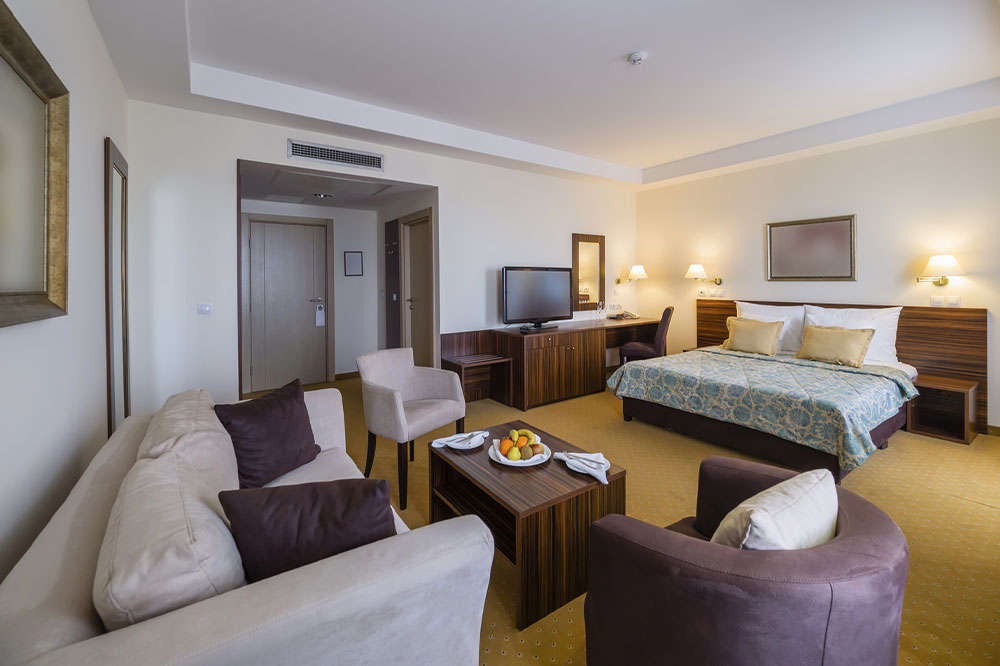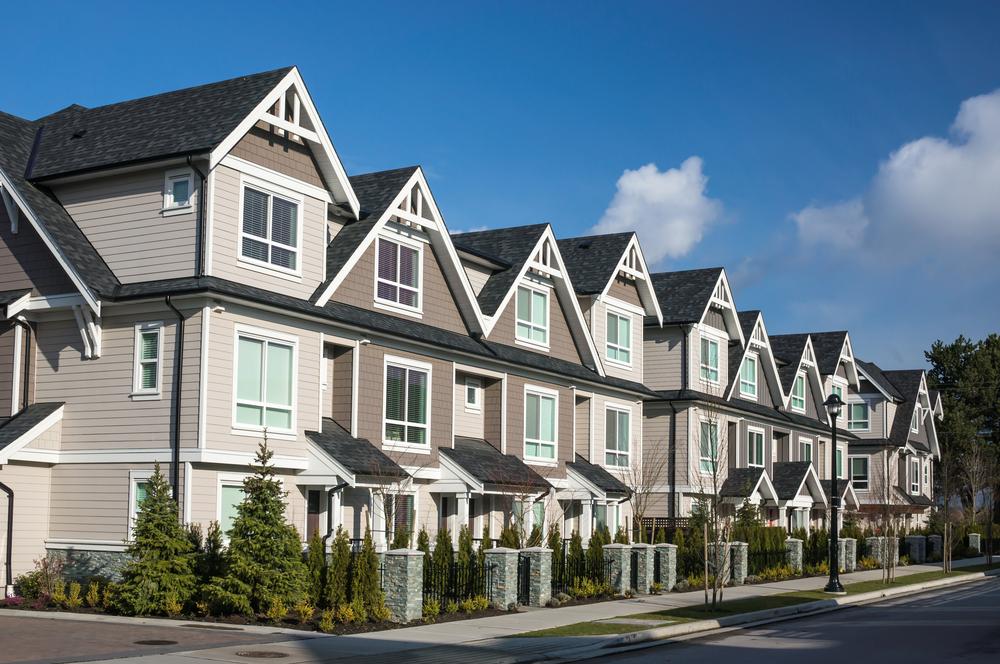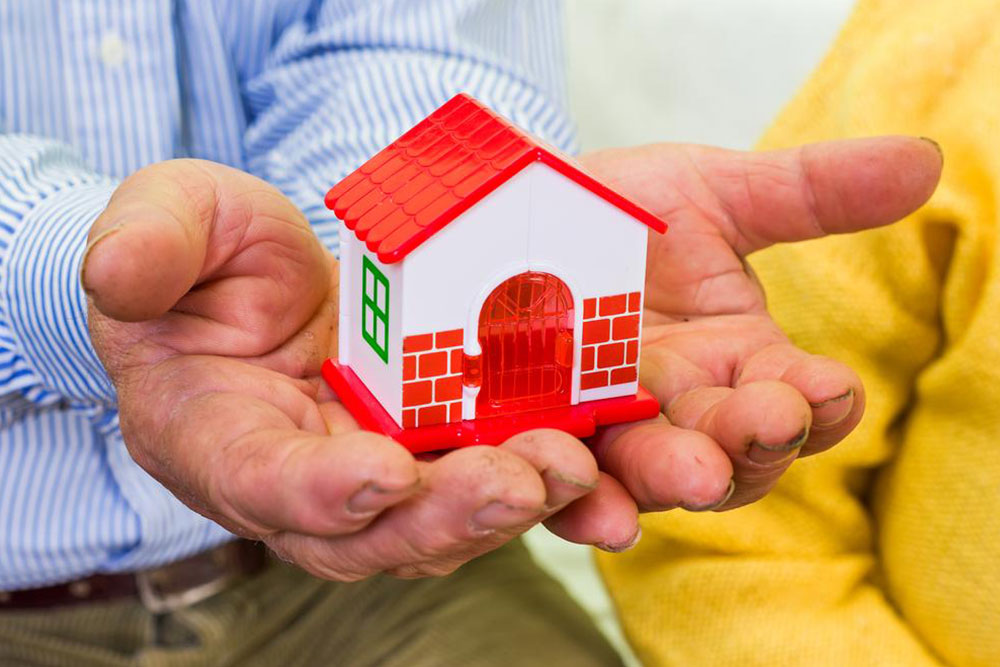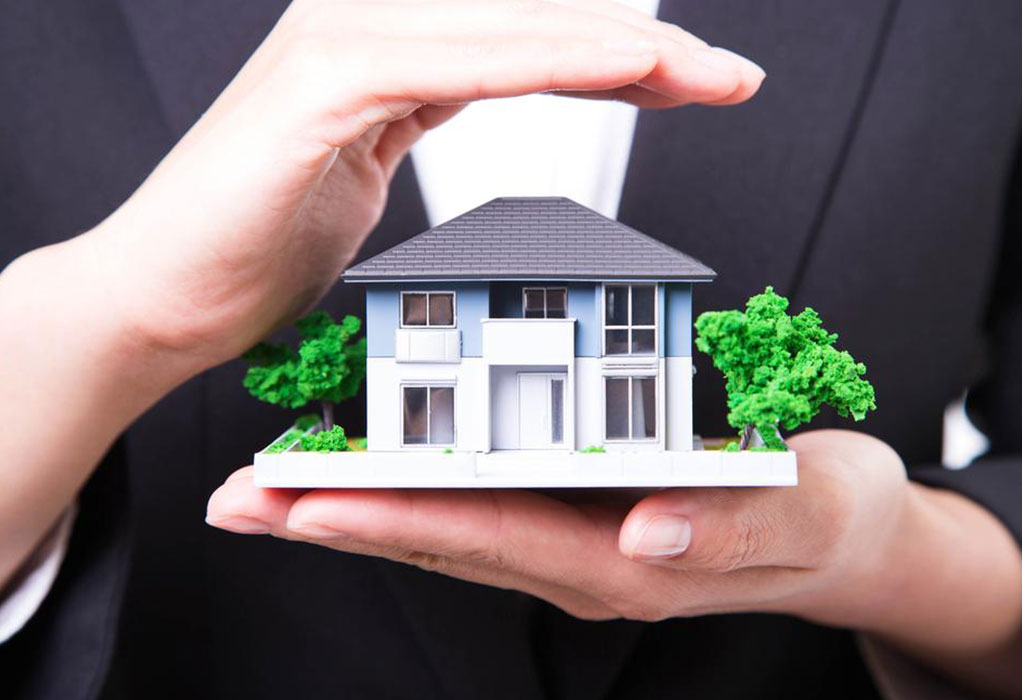Choosing Between Old and New Homes: Which Offers Better Value?
This article compares old and new homes to help buyers choose the best investment. It highlights the advantages and disadvantages of each, including maintenance, design, location, and costs. Understanding these factors can guide buyers to make informed decisions aligned with their preferences and budgets. Whether seeking historic charm or modern comforts, weighing the pros and cons ensures a smart real estate purchase.

Choosing Between Old and New Homes: Which Offers Better Value?
The real estate landscape has changed dramatically over recent decades, mainly due to rising land prices. Consequently, both vintage and modern homes now come with hefty price tags. First-time buyers often face the dilemma of selecting between these options, each with distinct advantages and disadvantages. Let’s explore their key features!
Advantages and Disadvantages of New Constructions
New properties generally require less upkeep because they are recently built, promising a lifespan of 10 to 20 years before significant repairs are needed.
Modern homes often include contemporary amenities such as integrated dishwashers, smart home systems, and energy-efficient features like solar panels. Buyers benefit from builder warranties, providing added security. If not custom-designed, new homes may also be more affordable compared to older ones. Construction standards now adhere to strict safety codes, reducing extra expenditure on upgrades.
However, new builds often lack uniqueness. Many homes, particularly apartments, may have similar layouts, limiting personalization options. Landscaping with mature greenery can take years to develop, impacting outdoor appeal. Additionally, new communities are sometimes situated on the outskirts of cities, resulting in longer commutes for residents working downtown.
Pros and Cons of Older Homes
Some historic houses have stood the test of time, withstanding decades or even centuries. Many showcase architectural styles like Colonial, Victorian, or Greek Revival, adding charm and character. They often boast larger yards, a result of banking on cheaper land costs in the past.
Well-established neighborhoods with mature trees and an inviting atmosphere are common features. Proximity to city centers means easier access to shops, restaurants, and services. Nevertheless, older homes tend to demand high maintenance. Structural issues related to plumbing, electrical systems, or uneven floors can be costly and inconvenient. Renovations such as kitchen upgrades or system replacements often increase expenses. Their historic elegance and prime locations usually come with a higher price tag.
Tag – homes

